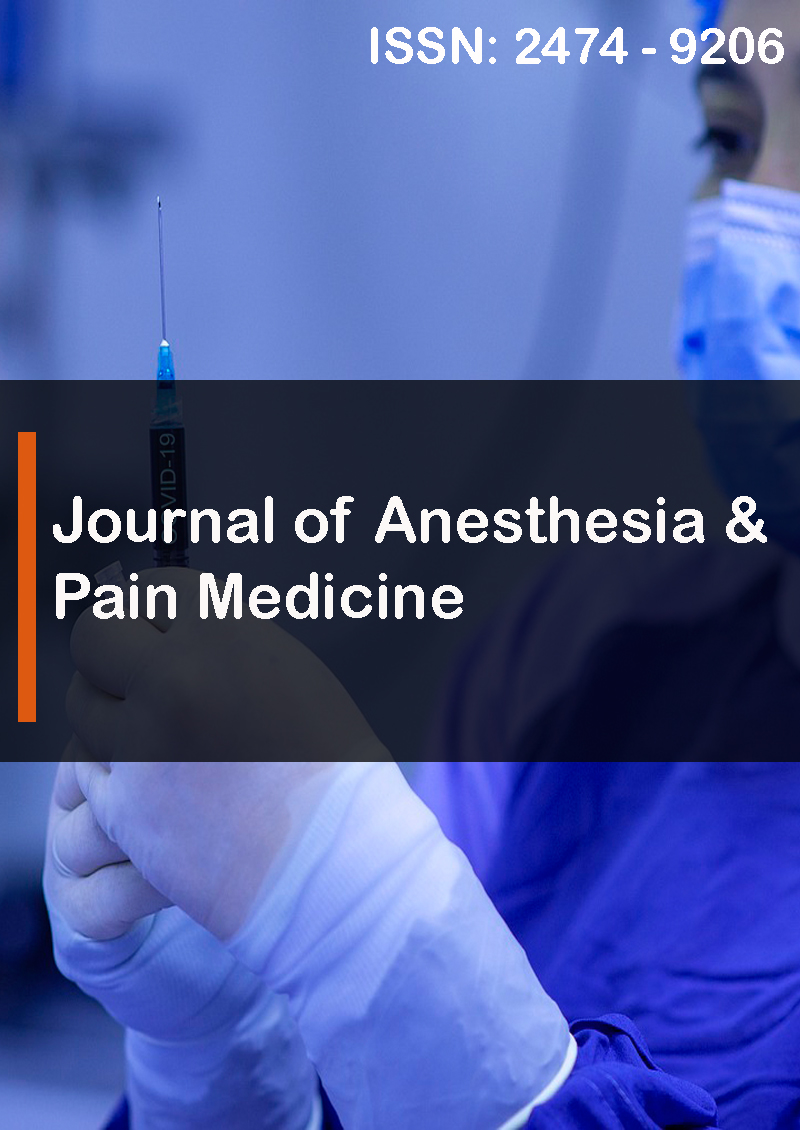Pinprick Testing Will Identify Pudendal Neuropathy in Patients with Chronic Pelvic Pain Syndrome
Abstract
Stanley Antolak
This retrospective analysis discusses 25 consecutive males and 25 females, who had consulted at a clinical practice that focuses on chronic pelvic pain, beginning January 2, 2010. Sensory evidence of neuropathy was sought using response to light pinprick touch in the pudendal territory. Confirmation of neuropathy utilized neurophysiologic testing (not a part of this paper).
Purpose: To report the ease of diagnosing pudendal neuropathy by searching for sensory response to light touch with a safety pin.
Methods: Both genders were examined for pudendal neuropathy using light touch with a safety pin. Normal sensation at the thigh (lumbar territory) was compared to the six pudendal branches (sacral territory). Six test sites are the glans (clitoris) the posterior scrotum (posterior labia) and the posterior anal skin. These sites evaluate the dorsal nerve of the penis (clitoris), the perineal nerve and the inferior rectal nerve. With each touch patients are asked to compare whether the pudendal response is the same as the thigh, has more pinprick sensation, less sensation, or none. Several additional neuropathic pelvic pain generators are also sought. Two neurophysiologic tests were performed; a warm temperature threshold detection test and a pudendal nerve terminal motor latency test.
Main findings: Pinprick sensation is abnormal at one or more pudendal branches in 92% of males and 92% of females. Bilateral neuropathy is almost universal. Addition of the two neurophysiologic tests increased the diagnosis of pudendal neuropathy to 100%. 64% of the patients had additional neuropathic pelvic pain generators.
Principal conclusions: Pinprick testing can identify pudendal neuropathy in 92% of CPP patients. Changes from normal include chiefly hyperalgesia but also hypoalgesia and analgesia. These findings refute the erroneous declarations of the Nantes Criteria [1]. The presence of additional neuropathic pain generators in 64% of patients emphasizes the complexity of the CPP syndrome.



